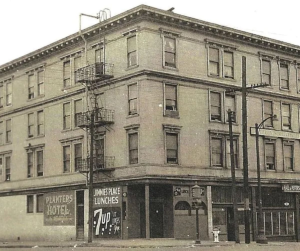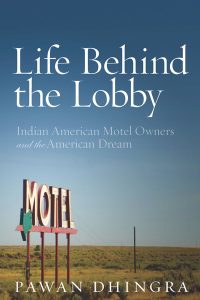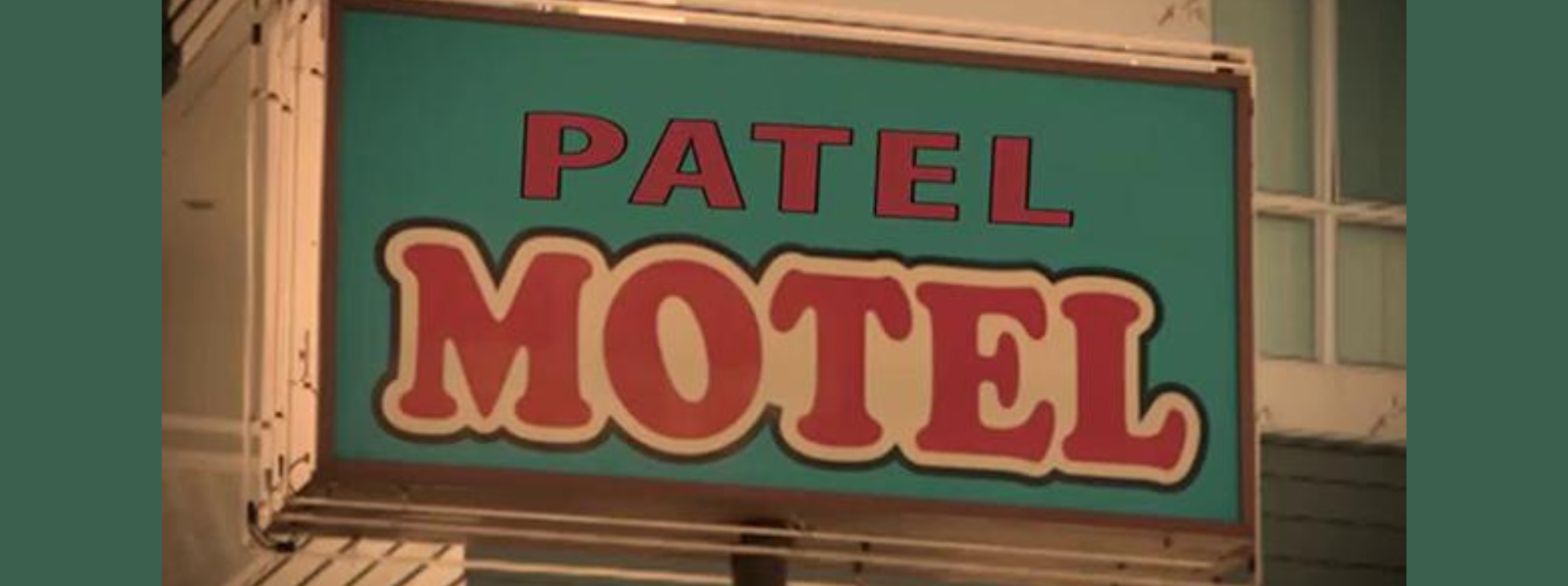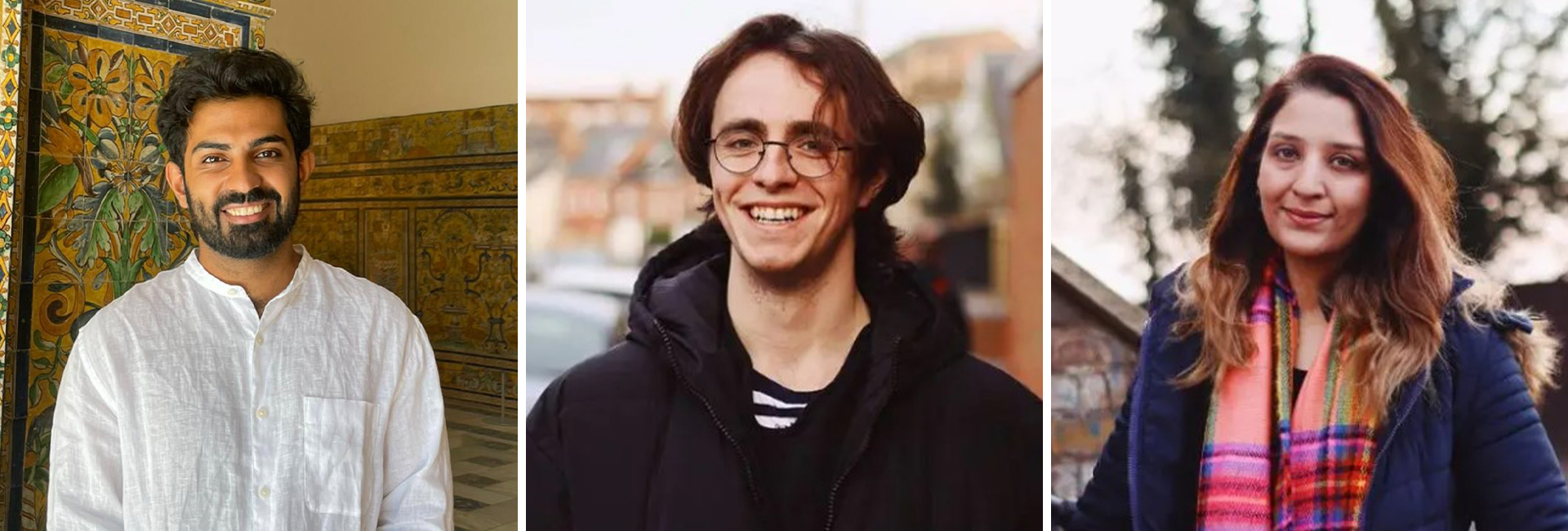(September 4, 2024) “Why shouldn’t I be here?” It was a question to which Tunku Varadarajan, who was reporting for the New York Times had no answer. And “Why are you here?” is a question that the Patels have been faced with countless times since the 1960s, when they first began building what is now their legacy, now known as the Patel Motel phenomenon. They own anywhere between 40 to 60 percent of all hotels in the US, and have branched out from seedier highway establishments to brands like the Marriott and the Hilton. The racism has been relentless, but so has the growth of the Patel legacy. In 1999, Varadarajan would go on to write an article coining the (unflattering) phrase ‘The Patel Motel Cartel’ for the New York Times.
The Indian owner of the motel in Texas told Varadarajan that if he were to travel 15 miles west, he would find a motel owned by his cousin. Ninety miles south was another cousin in another motel there was also an uncle with a motel in Georgia. “Wherever there was a motel in the US, there were likely to be people from India running it,” the man said.
Global Indian takes a look at the remarkable story of the Patel businessmen who took over California’s hotel business.

How do Patels own motels
The Patel Motel story actually began with a Desai, some twenty years before Gujaratis from Asia and Africa began pouring into the US. This pioneer was an illegal immigrant named Kanjibhai Desai, who came to the United States from West Indies, via Mexico, with no documents. This was in 1922, in San Francisco.
Kanjibhai first found work on a farm, where he picked fruit for extremely low wages. He had no choice, however, being an undocumented immigrant. Years later, Desai was living in the Goldfield Hotel, a residential hotel that was owned then by a Japanese American. However, when World War II came to the US, Japanese Americans were thrown into prison camps. This included the owner of the Goldfield Hotel, and Desai, who saw an opportunity, bought up the property for a song. Still, writes Mahendra K Doshi in his book, ‘From Surat to San Francisco: How the Patels Established the Hotel Business in California’, Kanji had great foresight. When he took over his ‘single room occupancy’ establishment, he encouraged other Patels to travel to America, promising to help them out. He told them to work in the farms to earn the money they needed to lease an SRO of their own, and in his own motel, gave them a place to stay and eat. In fact, Doshi writes, he would not even charge them for accommodation until they had earned the down payment for their own hotel.
In his book, Life Behind the Lobby, author Pawan Dhingra quotes an early Gujarati immigrant who spoke about the pioneer, saying, “You know, this was at the time of World War ii, but Japan attacked Pearl Harbour. He was staying at this hotel, and I guess there (was) a Japanese lessee or Japanese owner. And um, he had leased it. So (Desai) brought his lease for, I don’t know, whatever, for a couple of hundred bucks. I don’t know what it was.”

Hoteliers Kanji Manchhu Desai, Nanalal Patel, and D. Lal. (Photo courtesy of Mahendra K. Doshi/ India Currents)
How the ‘Potels’ became a phenomenon
Although Kanjibhai Desai laid the foundation, the Patel Motel business really began to boom after 1965, when America introduced the Immigrant and Nationality Act, marking the start of a golden age for the Gujarati businessman in the US. According to this Act, any immigrant who was willing to invest $40,000 in a business was eligible to apply for permanent residence, and eventually for citizenship.
For Gujaratis, motels were the best option available. Restaurants were out of the question, because the Gujarati community was strictly vegetarian, and since restaurants are a people-business, they didn’t have the language skills they needed to cope. However, there were lots of roadside motels in distress, failing businesses that nobody else really wanted.
There was a challenge every step of the way, including the fact that these were immigrants who spoke no English and made no visible attempt to assimilate with the local culture. Local customers may not have taken too favourably to immigrants running the all-American motels, the Patels had to be strategic. Staffing was minimal anyway, but they would try to hire a white person to sit at the lobby and greet customers, so residents would not even know that the motel was owned by an Indian. “It was hard,” recalls Binita Patel, whose parents owned hotels in North Carolina in the 1980s, in an interview with NPR. “I remember someone pulling their window down and yelling, ‘Go back to your own country,’ as we were walking home.”
Growing the Patel Motel empire
Dhingra writes that the hotel Kanjibhai Desai bought was on Fourth Street in downtown San Francisco. These residential hotels were low budget places, and individual rooms didn’t even have private bathrooms. In fact, he adds, these residential hotels still exist in San Francisco, and are still owned by Indian Americans.
They also took over a slightly higher rung of motels, taking on franchises like Days Inn, Econo Lodge and the very well-known Motel 6. Usually located on highways, these places cater to tourists looking for budget stays, truckers and people doing temporary menial work. Many of these franchises didn’t have many takers among the locals, because it involved moving to the most remote areas of the country, which the Patels were willing to do. They also didn’t ask for much in terms of lifestyle, and would usually live on site with their families. “They buy a hotel that has 20 rooms, move up to 50 rooms and then purchase a 100-room motel,” said Arvind Singhal, a professor of communication at the University of Texas, in an interview with Borderzine.

Life Behind the Lobby, by Pawan Dhingra, published by the Stanford University Press.
These low budget establishments ran with limited or not staff, and would struggle to make ends meet, writes Dhingra. “(They) go without healthcare for themselves and their workers, and lack social prestige in their local community even while the ethnic group as a whole is praised.” When their fellow Indian Americans came to the US as the country’s elite workers, usually as doctors, venture capitalists or engineers, the Patels, worked hard at this seemingly unglamorous career. They were looked down upon even within their own community.
They also expanded to middle-budget motels like the Ramada Inn, higher-middle budget hotels like the Holiday Inn and the Hampton Inn. As their legacy grew, they took over high-budget establishments like Courtyard by Marriott and the Hilton Garden Inn.
What’s behind their success?
They had had a secret sauce for success, a flawless work ethic combined with a sense of community. While they faced countless challenges in the US, as they had in Africa, they had learned to rely on each other. Patels helped other Patels. And the slump in the motel industry gave them an opportunity like no other. They brought in their families and a host of relatives to man the motels, and also brought in more modern accounting methods. “Four times cash flow became the mantra of the Patels,” writes Turkel. “If the distressed motel produced $10,000 per year in revenues, and could be acquired for $40,000, it was profitable to a hard-working family.” As more Gujarati immigrants arrived in the US, they continued to build on the foundations of the motel business.
They never shied away from hard work, preferred investment to consumerism and relied on each other. And today, Indian Americans own more than 40% of all hotels and motels in the US, which includes around 20,000 properties in total. Out of these, some 70% are owned by Gujaratis, most of whom are either Patels or Amins.

Today, the Patels embody the American Dream – immigrants who landed in the US with nothing to their name, who built a fortune through sheer hard work and shrewd business acumen. In fact, in 2011, when property magnate Charlie Munger was asked about real estate in the US, he said, “Those Patels from India buy all the motels; they know more about motels than you do. They live in a goddamn motel. They pay no income taxes. They don’t pay much in worker’s compensation, and every dime they get, they fix up the thing to buy another motel. Do you want to compete with the Patels? Not I! Not I!”




